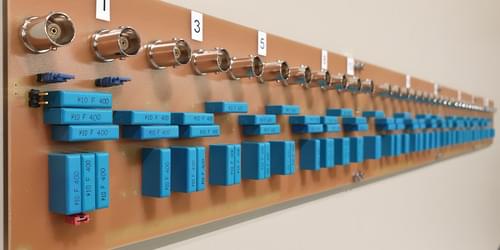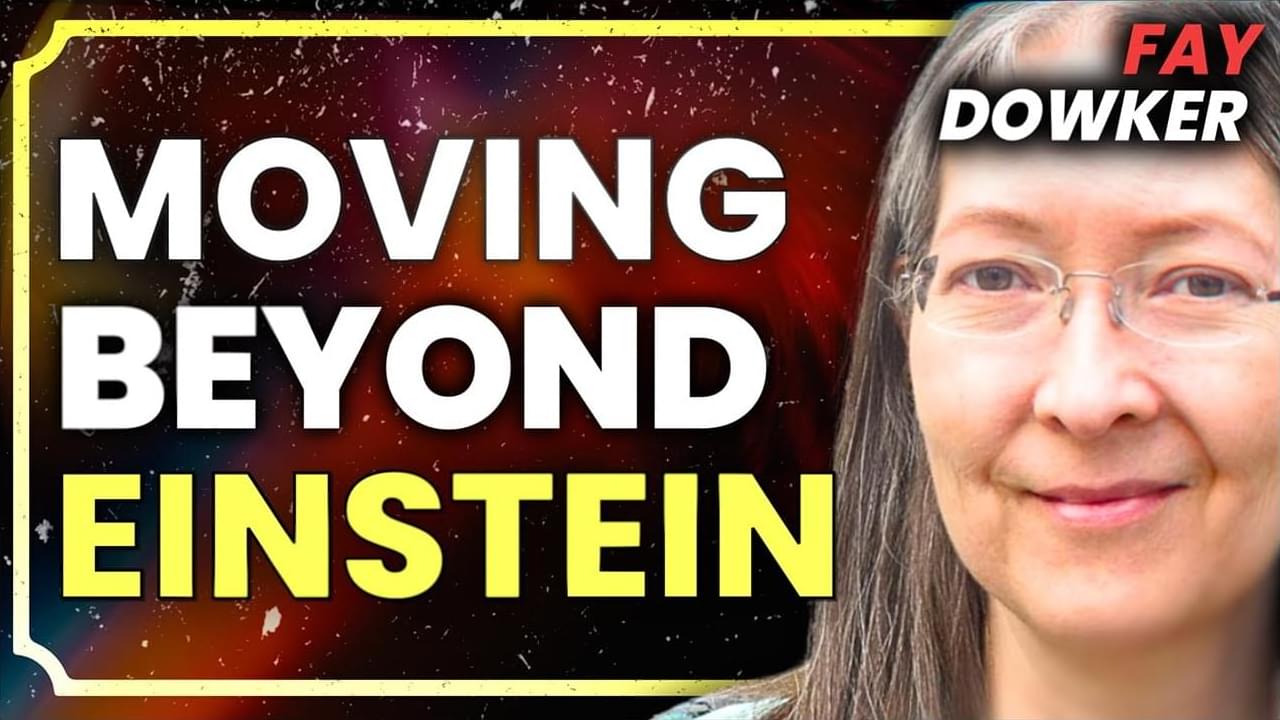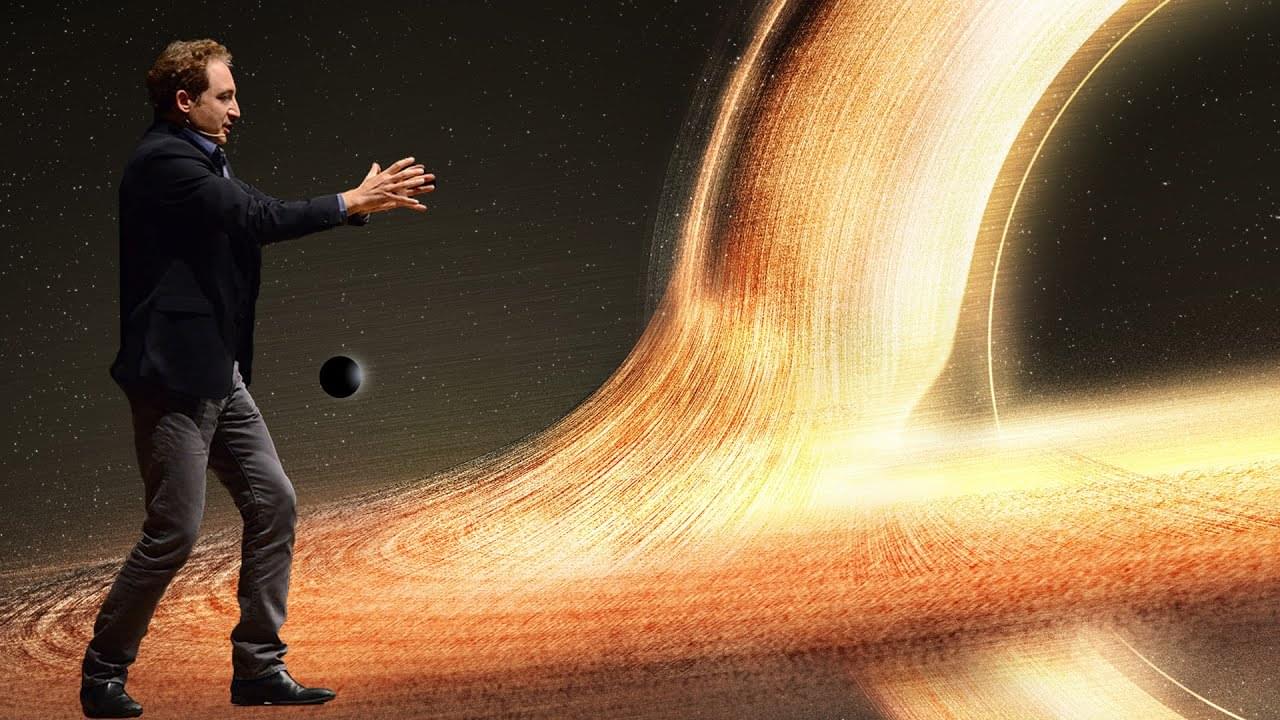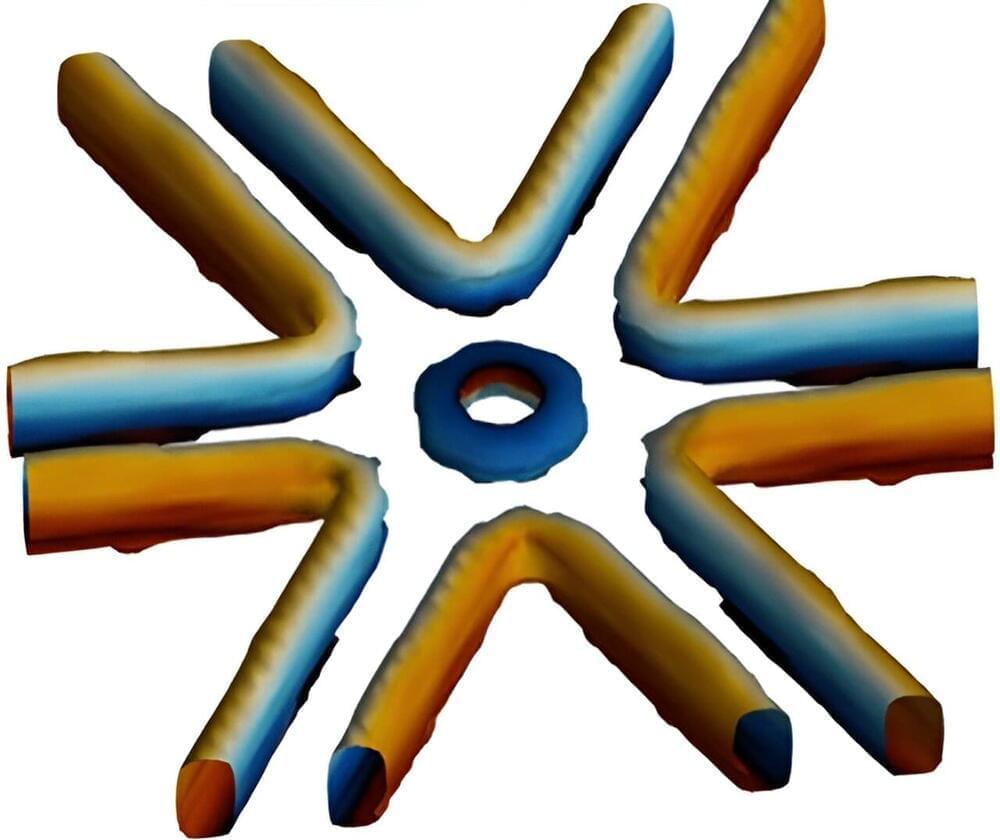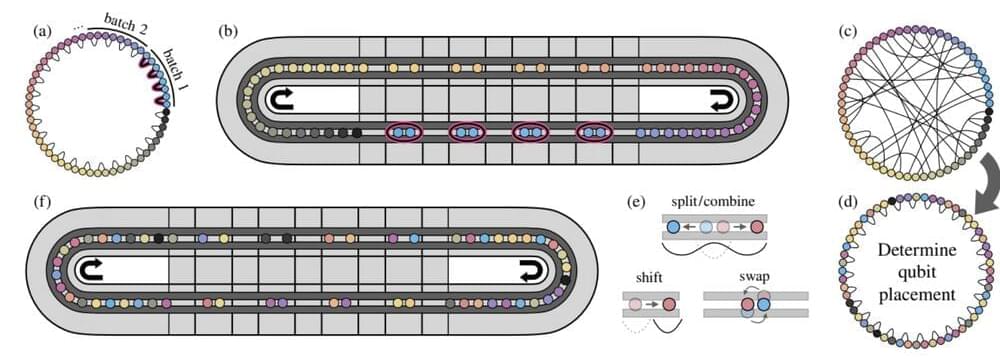Using a single set of measurements of an electronic circuit, researchers have characterized the properties of the topologically protected edge states of a quantum Hall system.
Category: quantum physics – Page 202
When element 61, also known as promethium, was first isolated by scientists at the Department of Energy’s Oak Ridge National Laboratory in 1945, it completed the series of chemical elements known as lanthanides. However, aspects of the element’s exact chemical nature have remained a mystery until last year, when a team of scientists from ORNL and the National Institute of Standards and Technology used a combination of experimentation and computer simulation to purify the promethium radionuclide and synthesize a coordination complex that was characterized for the first time. The results of their work were recently published in Nature.
One of the biggest challenges in quantum technology and quantum sensing is “noise”–seemingly random environmental disturbances that can disrupt the delicate quantum states of qubits, the fundamental units of quantum information.
Stephen Paul KIng [always] has [good] ideas—especially for [error] rectification.
Fay Dowker is a physicist and is currently a professor of Theoretical Physics and a member of the Theoretical Physics Group at Imperial College London and a Visiting Fellow at the Perimeter Institute. Fay conducts research in a number of areas of theoretical physics including quantum gravity and causal set theory.
Curt’s \
A simple concept of decay and fission of “magnetic quivers” helps to clarify complex quantum physics and mathematical structures.
Researchers employed magnetic quivers to delve into the fundamentals of quantum physics, specifically through the lens of supersymmetric quantum field theories. They have provided a novel interpretation of the Higgs mechanism, illustrating how particles gain mass and the potential decay and fission within QFTs.
Pioneering Quantum Physics Study
The American theoretical physicist, Brian Greene explains various hypotheses about the causation of the big bang. Brian Greene is an excellent science communicator and he makes complex cosmological concepts more easy to understand.
The Big Bang explains the evolution of the universe from a starting density and temperature that is currently well beyond humanity’s capability to replicate. Thus the most extreme conditions and earliest times of the universe are speculative and any explanation for what caused the big bang should be taken with a grain of salt. Nevertheless that shouldn’t stop us to ask questions like what was there before the big bang.
Brian Greene mentions the possibility that time itself may have originated with the birth of the cosmos about 13.8 billion years ago.
To understand how the Universe came to be, scientists combine mathematical models with observations and develop workable theories which explain the evolution of the cosmos. The Big Bang theory, which is built upon the equations of classical general relativity, indicates a singularity at the origin of cosmic time.
However, the physical theories of general relativity and quantum mechanics as currently realized are not applicable before the Planck epoch, which is the earliest period of time in the history of the universe, and correcting this will require the development of a correct treatment of quantum gravity.
Certain quantum gravity treatments imply that time itself could be an emergent property. Which leads some physicists to conclude that time did not exist before the Big Bang. While others are open to the possibility of time preceding the big bang.
Vortices are a common physical phenomenon. You find them in the structure of galaxies, tornadoes and hurricanes, as well as in a cup of tea, or water as it drains from the bathtub.
Quantum Information Science
Posted in chemistry, quantum physics, science
The 25th Annual S. Dexter Squibb Distinguished Lecture Series in ChemistryFeaturing: Dr. Theodore Goodson IIIThe Richard Barry Bernstein Collegiate Professor…
Quantinuum unveiled its H2-1 quantum computer with 56 trapped-ion qubits that further improves its market-leading fidelity.
Currently, computing technologies are rapidly evolving and reshaping how we imagine the future. Quantum computing is taking its first toddling steps toward delivering practical results that promise unprecedented abilities. Meanwhile, artificial intelligence remains in public conversation as it’s used for everything from writing business emails to generating bespoke images or songs from text prompts to producing deep fakes.
Some physicists are exploring the opportunities that arise when the power of machine learning — a widely used approach in AI research—is brought to bear on quantum physics. Machine learning may accelerate quantum research and provide insights into quantum technologies, and quantum phenomena present formidable challenges that researchers can use to test the bounds of machine learning.
When studying quantum physics or its applications (including the development of quantum computers), researchers often rely on a detailed description of many interacting quantum particles. But the very features that make quantum computing potentially powerful also make quantum systems difficult to describe using current computers. In some instances, machine learning has produced descriptions that capture the most significant features of quantum systems while ignoring less relevant details—efficiently providing useful approximations.
